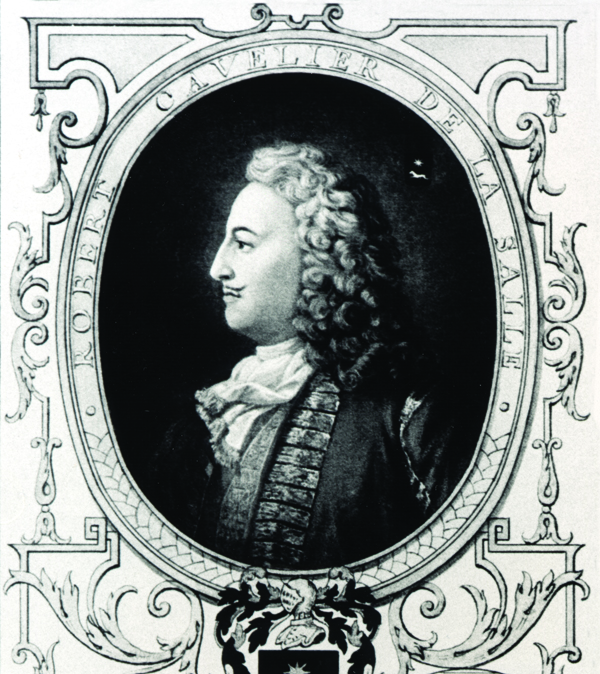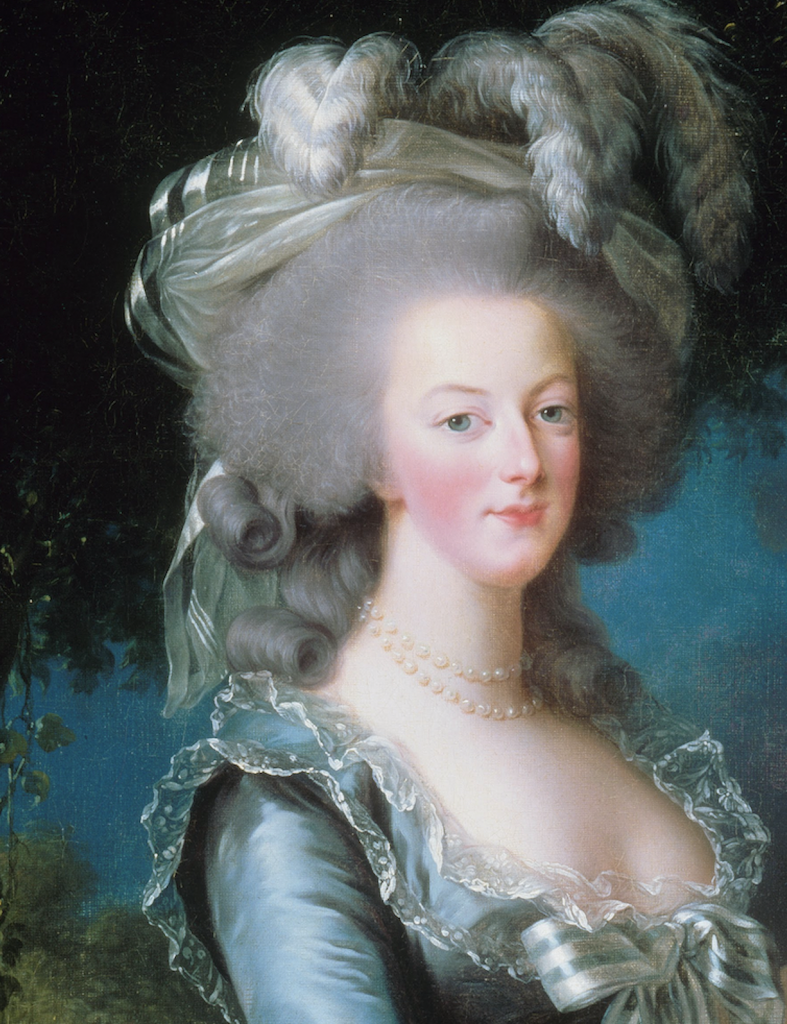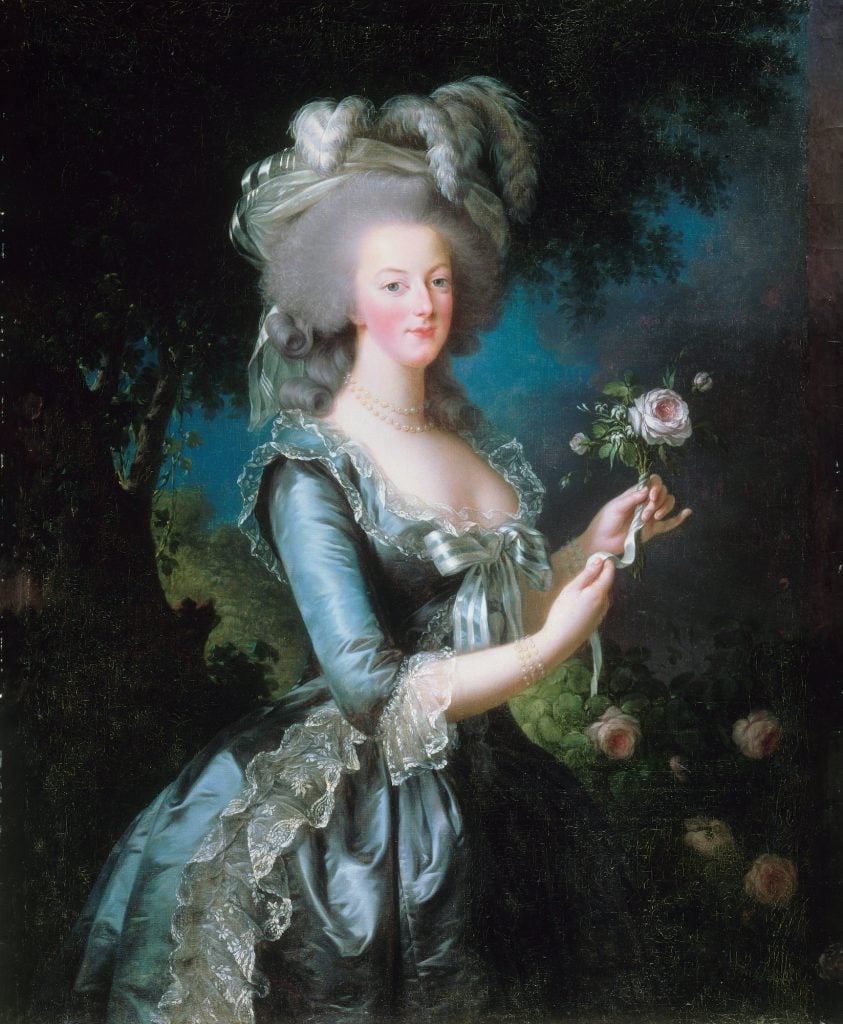This first Biden bank record to be
surrendered showed three members of the Biden family, including Beau
Biden’s widow Hallie and one person identified only as “Biden,” received
payments amounting to $1 million from a Chinese Communist State energy
company.
What were the payments for? Forget
asking the Bidens, who have a long history of silence and denial on such
material questions. When asked, Joe Biden denied he ever discussed
Hunter Biden’s Chinese business affairs with him, even though he flew
with Hunter on Air Force Two to China
and met with his business associates. Never at a loss for brazen lies
to extricate himself from difficult circumstances, Biden, without a
second thought, denied that the bank records were “true.”
To date, there hasn’t been one
attempt by the Biden camp to try to explain what service the Bidens
actually supplied to the Chinese Communists to earn such ample rewards.
At the lowest levels of this corruption, Hallie Biden, who is a school
counselor, received $25,000 from the Chinese Communist Party. For what?
When you have no answers to such
material questions, when you lie continually about the operations
themselves (“I never discussed Hunter’s business with my son!”) when you
suborn your intelligence services to carry out an elaborate and
expensive effort to suppress the story of an incriminating laptop, and
do it right before a presidential election, you are in fact telling us
that you are guilty of the obvious crime you are covering up. In this
case, treason: colluding with an enemy power to hurt your own country.
Consider the simple fact that though
pieces of this story have become objects of public concern over the last
half dozen years, the Biden camp has constructed no narrative to
provide a plausible explanation of these extraordinary payoffs from the
Chinese Communist dictatorship; in other words, no effort has been made
to provide an alternative explanation to the apparent one of personal
greed and national betrayal.
I ask readers to put themselves in
the position of the president. You are taking massive payments from a
government that deliberately sent millions of its subjects from the
Wuhan center of a deadly pandemic to countries around the world to
celebrate the Lunar New Year. This criminal action resulted in the
deaths of 9 million people globally, including a million Americans. You
then backed this same criminal dictatorship’s efforts to cover up the
origins of that outbreak in a Chinese Communist military lab which was
running “gain of function” research, paid for by your government, on the
deadly virus at the heart of said pandemic.
At the same time, the dictatorship
from which you were receiving payments making your family rich beyond
its wildest dreams was organizing alliances with America’s deadly
enemies, Russia and Iran. And thanks to your deliberate destruction of
America’s southern border, which effectively put its control in the
hands of Mexico’s drug cartels, you created a new mortal threat to the
safety of American citizens in the form of a new drug—fentanyl—which is
produced by the Chinese Communists and distributed to Americans by the
Mexicans.
The annual death toll from fentanyl
poisoning among Americans now equals the annual death toll of American
soldiers in World War II. But Biden has made no effort to deter the
Chinese from poisoning American citizens by, for example, ending the
subsidies we provide to their economy or revoking China’s Most Favored
Nation trade status, or closing all the Confucius Institutes ensconced
at our universities and designed to steal our technologies. From the
Chinese Communist point of view, this alone would be worth the tens of
millions of dollars they have poured into the Bidens’ pockets. (Read more.)































